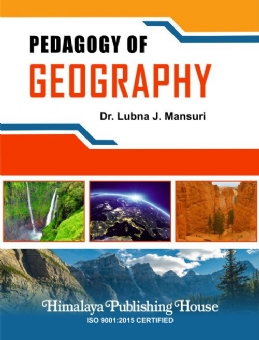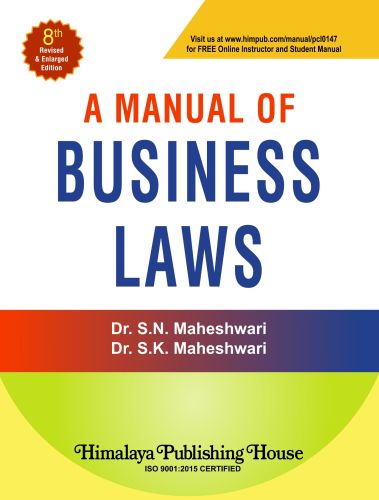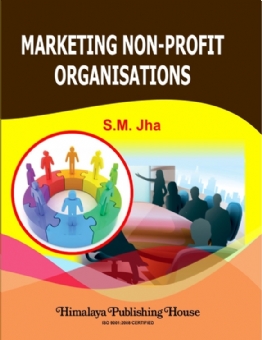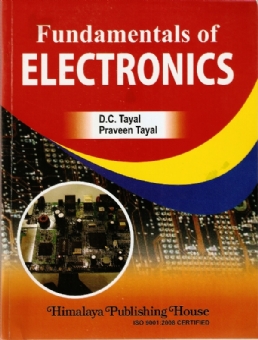Geography is a discipline of explorers. Some geographers explore the world using satellite imagery and others by interviewing members of an indigenous community in an isolated area. What unites geographers everywhere is a desire to dig deeper, a desire to better understand why the spatial patterns and unique features we find in the world exist, and how they interact and change. This book presents an overview of the discipline by introducing the readers to key themes and concepts in the discipline of geography. It can be safely said to be an essential handbook for prospective teachers of geography.
This book takes a different approach to methodology. Rather than presenting students with a broad, novice level introduction to geography, emphasising places and vocabulary terms, this text approaches geography as experts understand the discipline, focusing on connections and an in-depth understanding of core themes. This thematic approach, informed by pedagogical research, provides students and teachers alike with an introduction to thinking geographically.
What is most remarkable, however, is that the book not only addresses classroom concepts but also succeeds in taking geography beyond the limits of the classroom into the larger contexts of museums, planetariums and practical settings for hands-on learning. The emphasis is on applying geographical constructs to the real world around us, and to consider the various implications of geographical concepts in enriching the students’ day-to-day life.
It is the most valuable resource for teachers as it details out various innovative methods of teaching and learning. It is designed to let students reflect on concepts and to encourage them to dig deeper and consider concepts from different perspectives. The interdisciplinary nature of geography is also explored, offering valuable insights on further avenues of research.
In addition, this book is a valuable addition to the pre-existing resources as it focuses in detail on the new trends in teaching-learning process like constructivism and concept mapping. It succeeds in bringing out the vibrancy of a subject which is very much an essential part of study in humanities. Uniquely, the aspect of geography as social science is highlighted with the incorporation of technological aspects of teaching, such as using tech tools like GIS. The uses of common everyday technology such as Google Maps and location services are also explored as tools of navigating geographical dimensions. The author also mentions several learning resources like e-learning resources, which serve as further help to the teacher in broadening the scope of her knowledge.
It is with this view that the chapters are designed and written in a particular manner. Instead of repeating the same several themes in each chapter, this text emphasises depth over breadth by arranging each chapter around a central theme and then exploring that theme in detail as it applies to the methodology, teaching and learning of geography. It further stresses the need for using a scientific approach to the different methods of teaching geography.
The chapters are written in an accessible style, and the author’s voice has intentionally tried to remain present in the text. The material is presented in a very reader-friendly manner, and there are bullet points and summaries that enable the user to clearly comprehend the content.
Contents –
Module 1 : Basics of Discipline, Subject and Curriculum
1. Basics of Academic Disciplines
2. Understanding the Subject and Curriculum
3. Essentials of Teaching Geography and Curriculum Construction
Module 2 : Teaching-Learning Resources and Curriculum Transaction
4. Teaching-Learning Resources
5. Methods of Teaching and Geography Teacher
6. Current Trends in Teaching of Geography
Multiple Choice Questions






